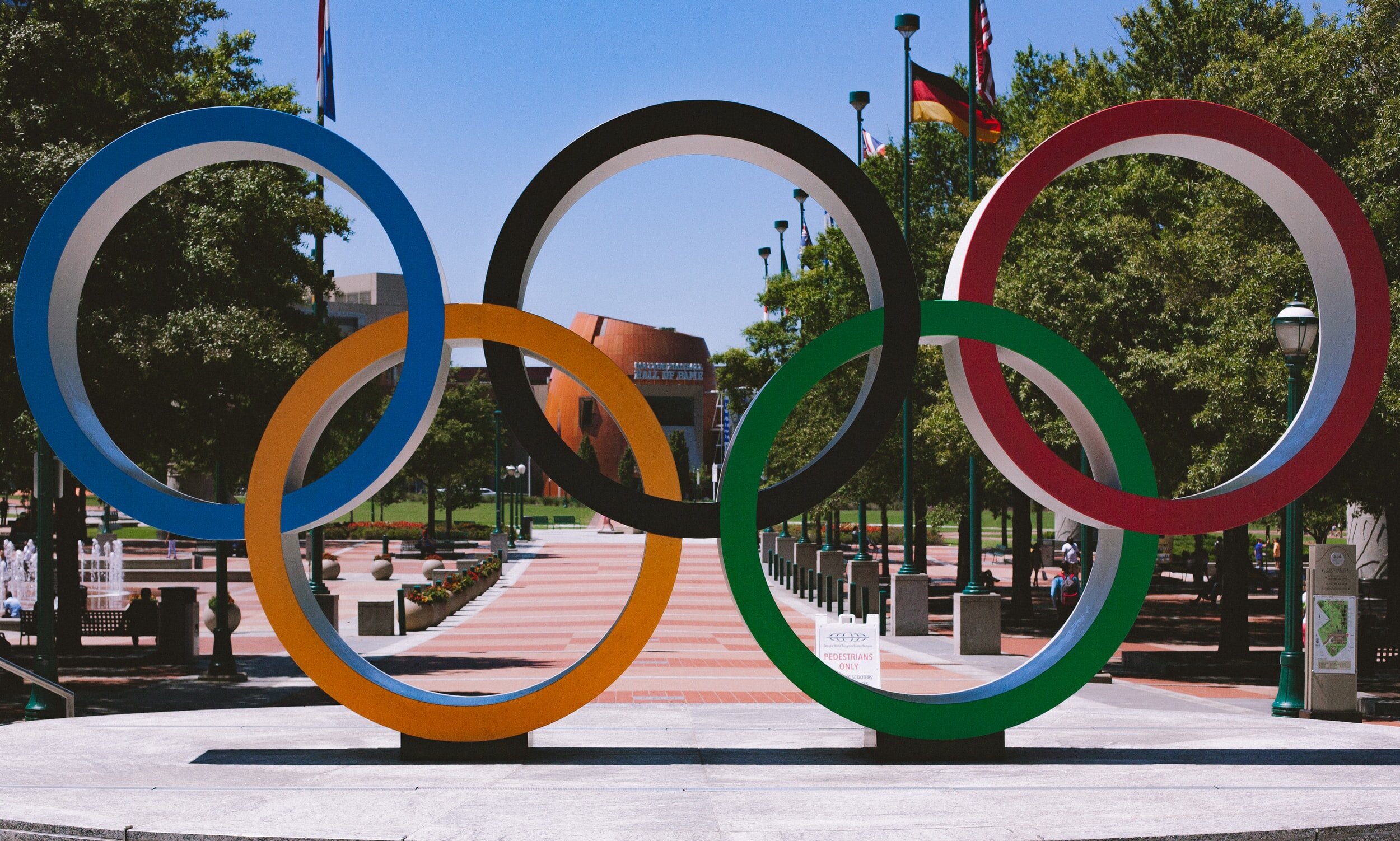Public Sustainable Design Projects in California
If you ever visit a location for more than a few days, and start to see the same people and places, you start noticing different things you might not as a short-term tourist. I was recently in California for an extended stay for work and it started happening to me as I walked the same path to work.
Truly, California has beautiful weather, lots of people, and some unique ideas. Some of these ideas have flopped, but others are very intriguing and should be spread around. I find myself respecting their efforts to try new ideas and become early adopters on many things that other states should consider embracing as well.
Among those ideas implemented are simple designs and products focused on sustainability, energy reduction, and healthier lifestyles. The following three examples are not considered radical but rather “low-hanging design fruit” that I wish I would see in many other places.
Cyclist Counter
The first is a simple cyclist counter with an indicator as to how the city of Santa Monica is doing with their goal (see below). As riders on bikes (or scooters) pass by, the sign’s sensors record the passage of the bicycles and then increases the count by 1 each time. Passing cars and pedestrians do not increase the number. I walked by this sign twice daily to and from my way to work and I checked it every time. It caused me to rent a bike so I could see that number go up because of my own efforts.Even though I was riding by myself, it felt like I was riding with 300 plus people on my way to work. I felt like I was making a difference with 100,000 other people who rode past this point during the last year in Santa Monica. This gamification for incentivizing more sustainable choices of transportation was enthralling. If it worked on me, it can work on others. The benefits to the environment and my health (and to others) seem to be worth the initial up-front capital cost to build and install this sign. Could we have a lot more of these in a lot more cities across the country?
Parking Deck Status Indicators
A few street blocks over, a parking deck has been instrumented with other sensors to help reduce the number of minutes vehicles are driving, idling, and waiting to find parking. Along the middle of the lane on the ceiling, green or red lights turn on to indicate available, or not available, parking slots respectively (see figure). From a quick glance down the row, a driver can see if any spot is open. Assuming a green light is lit, one can quickly park and not only save time but perhaps make a small positive environmental difference by not driving around endlessly looking for that non-existent perfect spot and using up more fuel than needed. Does it take a little energy to sense cars and change the LEDs light color? Yes, but the fuel and time savings might compensate for that expense. In addition, with access to this data, a sign sharing the aggregated information about available parking spots throughout the deck can be likewise useful for the same reasons (see following figure).
Public Composting Containers
The last example is adding a new “compost” option to the common “landfill” and “recyclable” containers already common across the US (see figure). Apparently, this is a new initiative in California and the effectiveness has yet to be evaluated, but overall I love the reminder and ease with which we can be more sustainable. It does take a little more time to discard all of my products after lunch and scrape off any left-over organic material, but as I memorize the infographics at the bottom, I think my time improves. What’s more important is that it gives me some confidence that discarded food will actually be used as compost. I have experimented with composting before but I could never really claim success. I did not put enough time and effort into it. On the other hand, I would assume the city or state employees turning and working the compost on the other end of this process are dedicated and have the tools to be more efficient with larger sources of organic material and automated processes. Indeed, there are likely efficiencies in the collective contribution from the group than just my own family’s meager attempt.
Conclusion
All three of these examples are fairly simple and none of them are earth-shattering surprises. Often we don’t need extravagant changes to make a difference in the world. As citizens we need good, simple examples like these so that we are inspired to continue to make positive changes in our own communities. Solutions don’t always need to be complicated and expensive, but they do need someone to try. Whether you like California or not, people in California are certainly trying out some interesting experiments in sustainable design and can hopefully inspire others to try as well.
To cite this article:
Salmon, John. “Public Sustainable Design Projects in California.” The BYU Design Review, 26 Sep. 2022, https://www.designreview.byu.edu/collections/public-sustainable-design-projects-in-california.









